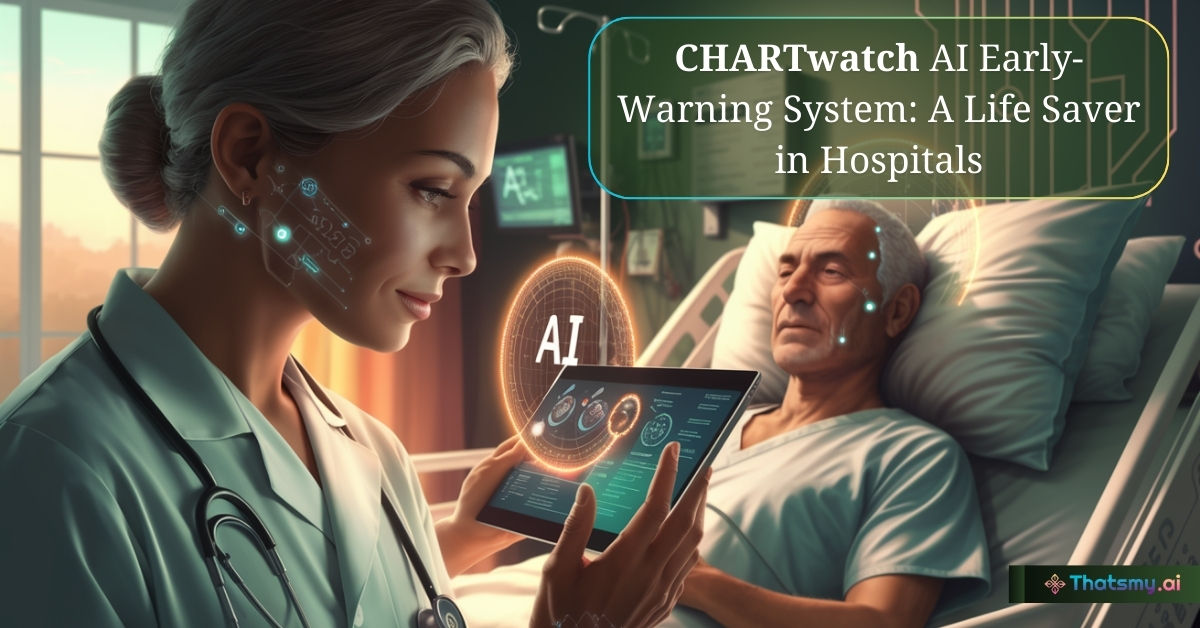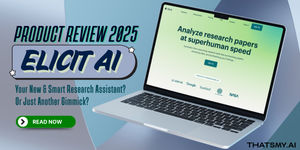An AI system called CHARTwatch was recently tested in St. Michael's Hospital to predict when patients are at risk of deteriorating, leading to a 26% reduction in unexpected deaths. By analyzing patient data in real-time, CHARTwatch alerts doctors and nurses, allowing them to intervene sooner and potentially save lives. This AI tool doesn't replace medical decisions but works alongside clinicians to improve patient outcomes. Further testing in more hospitals is planned to ensure its effectiveness on a larger scale.

Imagine if hospitals could know ahead of time when a patient is about to get really sick, even before it happens. That’s exactly what a new AI technology called CHARTwatch can do. It helps doctors and nurses by giving early warnings about which patients need urgent care. This system was recently tested at St. Michael's Hospital in Toronto, and the results are promising: there were fewer unexpected deaths. Let’s explore how this works and why it might change healthcare for the better.
CHARTwatch uses artificial intelligence to analyze patient data and determine who might be getting worse. It checks over 100 different pieces of information about each patient, like vital signs, medical history, lab results, heart rate, and more. All this information is already collected in the hospital’s records, but CHARTwatch uses it to make predictions every hour, checking for any signs that the patient might be getting worse.
The system sends an alert to doctors and nurses if it predicts that a patient’s condition is deteriorating.
Healthcare staff can take action quickly, like moving the patient to intensive care or starting treatment earlier.
The AI acts as an extra assistant, always looking for any small changes that could mean something serious.
The predictions it makes are based on data that is already being collected for each patient, like their age, medical history, blood pressure, heart rate, and other vital signs. It also tracks lab test results and sees how these values change over time. By making these predictions every hour, CHARTwatch keeps an updated picture of each patient’s health, so doctors and nurses can take action as soon as possible.
When CHARTwatch was tested at St. Michael’s Hospital, it helped reduce unexpected deaths in the general internal medicine unit by 26%. This means that patients who were in danger got attention sooner, which helped them recover or ensured they received proper care at the end of their life.
The researchers compared data from when the AI tool was in use to a time when it wasn't. The results showed a drop in the death rate from 2.1% to 1.6%, which means fewer patients died unexpectedly.
To make sure these results were accurate, they also looked at other hospital units that didn’t use CHARTwatch, like cardiology and nephrology, and found no similar changes. This shows that CHARTwatch was likely making a real difference.
The use of CHARTwatch also helped healthcare staff focus on patients who needed urgent care the most.
Doctors and nurses often have to take care of many patients at once, which can be overwhelming. The alerts from CHARTwatch helped them know where to focus their attention, ensuring that no one who needed help was overlooked.
Hospitals are incredibly busy places. A single nurse or doctor might have to take care of many patients at the same time, and each of those patients may need different tests and treatments that could change their condition every hour. It’s nearly impossible for doctors or nurses to track everything all the time. That’s where CHARTwatch comes in—it acts as an extra set of eyes, always watching for signs that someone’s health might be getting worse.
Early warnings can mean the difference between life and death. Sometimes a patient's condition can change very quickly, and the faster healthcare workers notice these changes, the faster they can help.
CHARTwatch gives healthcare workers a heads-up when something is going wrong, so they can step in before it’s too late. This can help prevent emergencies or stop problems from getting worse. It also helps ensure that patients who are getting worse are treated quickly.
But CHARTwatch doesn’t replace doctors and nurses. Instead, it helps them do their jobs better by highlighting which patients need attention right away. As Dr. Amol Verma, one of the lead researchers, explains, the AI simply says, “Hey, pay attention to this patient,” while leaving all medical decisions to the trained professionals.
CHARTwatch is designed to combine the quick-thinking and data-processing ability of AI with the knowledge and intuition of human doctors and nurses. The AI can process huge amounts of data quickly—something that would take a human much longer—and then alert staff when a patient is likely to get worse.
This combination of AI and human expertise is powerful because it uses the best of both. Doctors and nurses have years of training, experience, and instincts that help them make the right decisions.
But they are only human, and humans can miss things, especially when they are tired or busy. CHARTwatch fills in that gap by keeping track of every single piece of data without missing a beat.
Dr. Muhammad Mamdani, another researcher on the project, emphasized the importance of using human judgment along with the AI's recommendations. He advises healthcare workers to always trust their instincts, even if the AI says something different. However, if the AI flags a patient as high-risk and the doctor doesn’t agree, it’s better to be cautious and give the patient extra attention.
The results so far are very promising, but Dr. Verma noted that this is just the beginning. The AI tool needs to be tested in other hospitals to see if it can deliver the same results in different settings. A larger, randomized control trial is also necessary to make sure the benefits are consistent and that there aren’t any unexpected downsides.
One challenge with using AI in hospitals is ensuring the technology works well for all kinds of patients. Patients come from different backgrounds, have different medical histories, and have different needs. The AI must be able to help all patients equally.
Another challenge is making sure that doctors and nurses feel comfortable using the AI and trusting its alerts. Building trust takes time, especially when it comes to something as important as patient care.
Dr. Ross Mitchell, an AI expert not involved in the study, called the research “very encouraging” and suggested that the technology should be rolled out to more hospitals across Canada. This would allow researchers to collect more data and refine the AI to be even more effective.
Another future goal is to make sure that AI tools like CHARTwatch are easy to use and fit smoothly into the hospital’s workflow. If the technology is too complicated or hard to understand, healthcare workers may not use it to its full potential. Making it user-friendly and effective will be key to helping it become a regular part of hospital care.
The AI early-warning system CHARTwatch could be a big help in hospitals, giving doctors and nurses the information they need to save lives at just the right time. By combining smart technology with human intuition, hospitals might be able to reduce unexpected deaths and improve care for everyone. There are still some challenges ahead and more research is needed, but the results at St. Michael’s Hospital show that AI could be very useful in the future of healthcare.
By keeping an eye on patients and alerting doctors and nurses when something might be going wrong, CHARTwatch ensures that healthcare workers can take action before it’s too late. It helps doctors and nurses make better decisions and focus on the patients who need the most urgent care. While it will take more testing and research to fully understand how much AI can help, the early results are hopeful, showing that AI could be a real game-changer in keeping people safe in hospitals.
AI in healthcare isn’t about replacing doctors. It’s about helping them focus on the patients who need the most urgent care. CHARTwatch shows that an extra alert can make a big difference—possibly saving lives by acting as an early-warning system for those in need of urgent care. Combining the speed of AI with the experience of healthcare workers can make hospitals safer for everyone.
Sign up to gain AI-driven insights and tools that set you apart from the crowd. Become the leader you’re meant to be.
Start My AI Journey
ThatsMyAI
20 March 2025

ThatsMyAI
7 March 2025